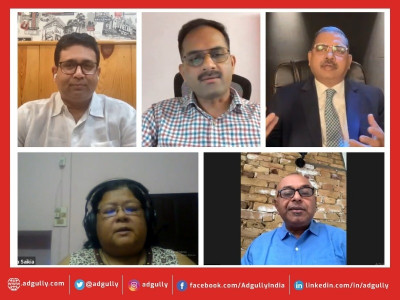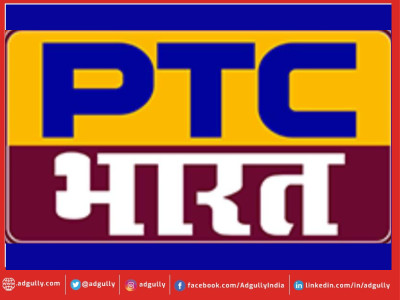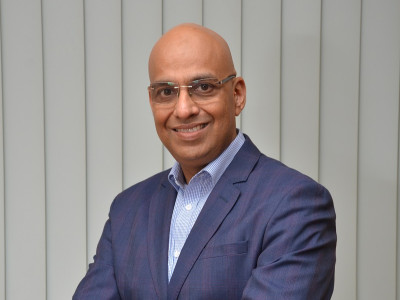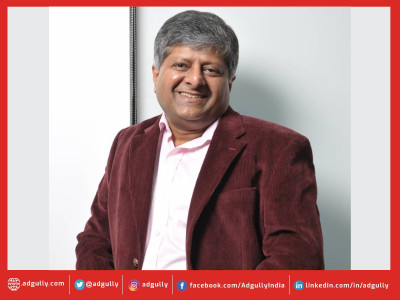Future of TV – Creating More Immersive Experience
For some time now, globally epitaphs have been written about television and how it is on the decline. In India, too, questions have been raised about whether linear TV will be able to survive the rapid onslaught of OTT and digital entertainment. Industry reports have also stated that TV advertising has declined in recent times, even as digital advertising is set to overtake TV advertising very soon.
A panel discussion on the ‘Future of TV – Creating More Immersive Experience’, held on Day 1 of SCREENXX Summit and Awards 2022, sought to analyse the current scenario of the television industry in India, how it is morphing to be in sync with the evolving consumer behaviour, the move towards delivering a more personalised experience and much more.
The session was chaired by Shanta Saikia, Editor-in-Chief, Adgully, and the panellists included:
Naveen Chandra, Founder & CEO, 91 Film Studios
Rabindra Narayan, MD & President, PTC Network
Ramsai Panchapakesan, Senior Vice President & National Head - Media Buying, Zenith
Vinit Karnik, Business Head - Entertainment, Sports & Live Events, GroupM
The session started with a discussion on the overall evolution of television in a coming few years, what are the headwinds and tailwinds impacting this industry and what shape television will take in the future.
At the outset, Vinit Karnik emphatically stated that “TV is not going anywhere”. At the same time he added that how people consume the content will change. “Traditionally, the way we were used to consuming television was like an appointment kind of viewing, where you need to catch up with the program at one particular time. Now, the experience is going to become very personalised. Earlier, we used to have a remote in hand, whatever they were broadcasting, we had to watch it, and at best we could do was change the channel. Now, that will change to a more immersive, maybe two-way or a three-way kind of communication, and that’s where connected TV comes into play.”
He further added, “India is a mobile-first market, and most people consume digitised content on mobile. Somewhere the shift will happen where connected TVs will play a huge role in terms of serving content serving ads that are more personalised, geographically aligned, and relevant.”
Ramsai Panchapakesan pointed out that consumers are shifting from standard definition to high definition. He noted, “The landscape of India is still evolving when you go beyond the metros or urban markets, where it has saturated. The penetration of television is still happening in Tier 2, 3 and rural markets, where it is evolving in different ways.”
He further said that television is still there, but it is getting segregated. The homes are getting segregated. “Gone are those days when we used to get the high definition and standard definition channels at one go at the cost of standard definition. Today, the consumer has an opportunity to choose whether he wants to watch high definition or standard. That’s because a shift in segregation has happened, where households have got segregated from a standard definition to a high definition,” Panchapakesan added.
Rabindra Narayan noted, “In India, even now the majority of household TV viewing is a community or family viewing. You will rarely find some series of something which you want to enjoy yourself. Content will always be king, but the modes of delivery the content keep on changing. The advent of OTT has opened up windows to those creators who were not getting a debut or not getting their work to go public because of the monopoly of certain corporate houses or production houses.”
Naveen Chandra had some creative metaphors to describe the future of TV. According to him, “India will remain a multi-segment country for a long time, where all segments are going to co-exist. As even today you have a Rs 10 chai as well as Rs 1,000 chai in the same city, but with different vendors. In India, every 200-300 km the market changes. We are as heterogeneous as 10x of Europe. I think television will have a very long run. I still find a lot of new television channels being launched. In the last three or four years, there has been at least a 25-30 per cent growth in the number of television channels.”
At the same time, Chandra said that for the OTT channels, their biggest challenge is discovery. “Till the time you don’t know there is this content on this platform, how will you watch it? And even after knowing, that too is bit of a hassle.”
These are edited excerpts. For the complete discussion, watch below.


















Share
Facebook
YouTube
Tweet
Twitter
LinkedIn